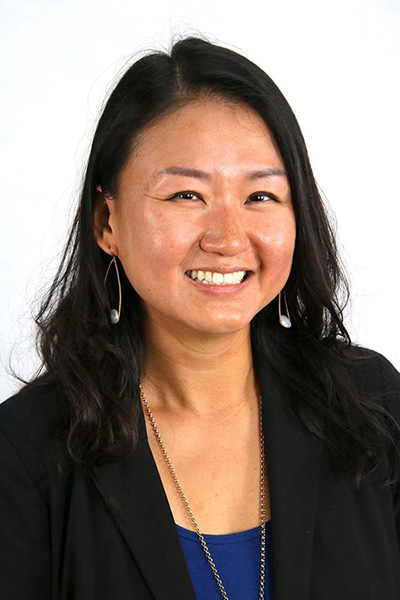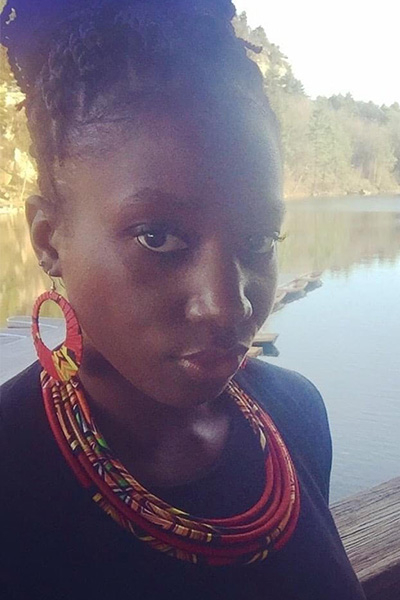Cultural Wealth: Cultivating Our Capacity for a More Humane International School Ecosystem
Cultural wealth is defined as: “an array of knowledge, skills, strengths and experiences that are learned and shared by people of color and marginalized groups; the values and behaviors that are nurtured through culture work together to create a way of knowing and being” (Yosso, 2005).
The Association of International Educators and Leaders of Color (AIELOC) is devoted to amplifying the work of international educators and leaders of color with a focus on advocacy, learning, and research. We bring our personal experiences into “speaking up, learning, advocating for change, taking action in addressing racism and discrimination in the international school ecosystem, amplifying the work of BIPOC, and researching topics of our own interest” (2022). In this community work, we stand on the efforts of our ancestors and commit to a lifelong practice of making a global impact by centering diversity, equity, inclusion, belonging, and anti-racism.
Our goal as Cultural Wealth Practitioners should be to move the work of our institutions forward by holding space and building capacity for those of us with cultural wealth. At times, this might mean that we gather to share and practice transformational skill sets. On other occasions, we might remind each other of the strength of our cultural capital and the ways in which white supremacist systems function in order to stifle that acquired knowledge through various means of oppression. We choose to center People of Color and systemically minoritized groups and guide each other to explore our capacity, capital, and community.
We are not counselors, mentors, or any other kind of positional leaders – we are simply educators who want to learn in community. Thank you for being in solidarity with us by unearthing a deeper awareness of your own cultural wealth.

Source: Tara J. Yosso (2005) Whose culture has capital? A critical race theory discussion of community cultural wealth, Race Ethnicity and Education, 8:1, 69-91
RESOURCES FOR DEEPER LEARNING
Dr. Tara Yosso’s Work: Whose Culture Has Capital? A Critical Race Theory Discussion of Community Cultural Wealth (2006)
Article 1: Margarida Da Graca & Lori Loughlin describe on their website how students can utilize their Cultural Wealth to navigate the systems in Higher Education
Article 2: University of Portland’s Career Education Center provides a deeper explanation of the 6 components of Yosso’s Cultural Wealth Concepts
Article 3: Glass Hammer website shares how we to leverage cultural wealth as a leader
DEI After 5 Podcast: “Sacha Thompson talks with Dr. Hayley Haywood about the importance of community cultural wealth and how it relates to diversity, equity, and inclusion.” (Youtube)
Community Cultural Wealth: from the perspective of Esperanza Academy, a Social Justice-centered Middle School for girls.
References
AIELOC. (2022). About Us. Association for International Educators and Leaders of Color. Retrieved September 5, 2022, from http://aieloc.org/about-us/
Yosso, T. J. (2005). Whose culture has capital? A critical race theory discussion of Community Cultural Wealth. Race, Ethnicity and Education, 8(1), pp. 69–91. https://doi.org/10.1080/1361332052000341006
.


